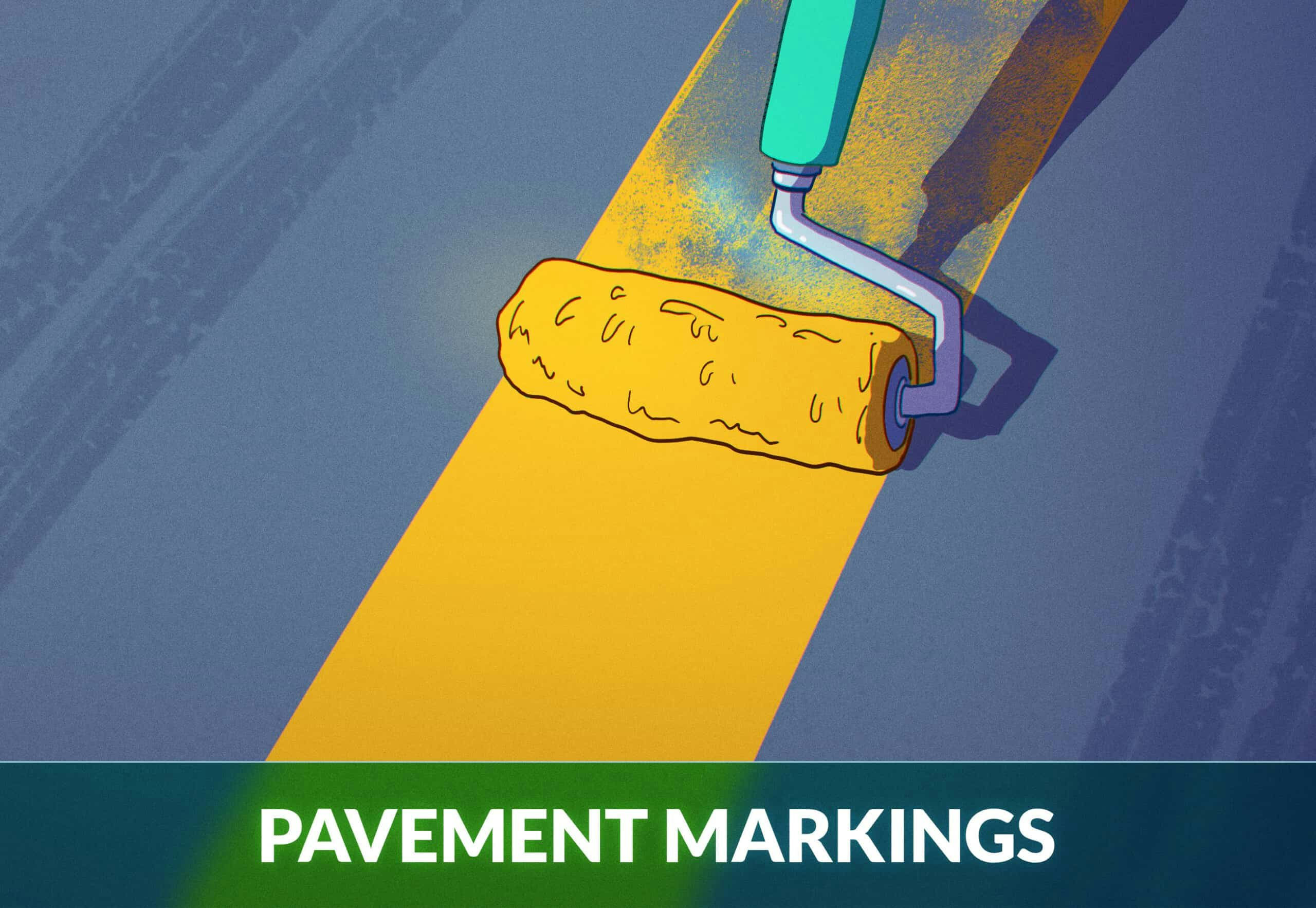
Pavement Markings Explained: What the Different Markings and Lines Actually Mean
Pavement markings, such as solid yellow lines and painted symbols, not only divide lanes but also indicate when it is safe to pass, change lanes, turn, or stop.
Today, we’ll go through the different types of road markings and their meanings.
- White Lines
- Yellow Lines
- Edge Lines
- Arrows
- Reversible Lanes
- HOV-Lanes
White Road Lines
White lines separate traffic traveling in the same direction. There are three types of white lines- single broken, single solid, and double solid.
Single Broken White Lines

You may cross single broken white lines to change lanes when safe.
Single Solid White Lines

You must not cross single solid white lines unless to avoid a hazard. Many drivers fail to obey this at traffic light intersections, which creates a dangerous situation for everyone.
Double Solid White Lines

You must not cross double solid white lines for any reason as they indicate a barrier.
Yellow Road Lines
Yellow lines separate traffic traveling in opposite directions.
Broken Yellow Line

If safe, you may cross broken yellow lines to pass a vehicle in front. Make sure that the road ahead is clear before passing.
Solid Yellow Line
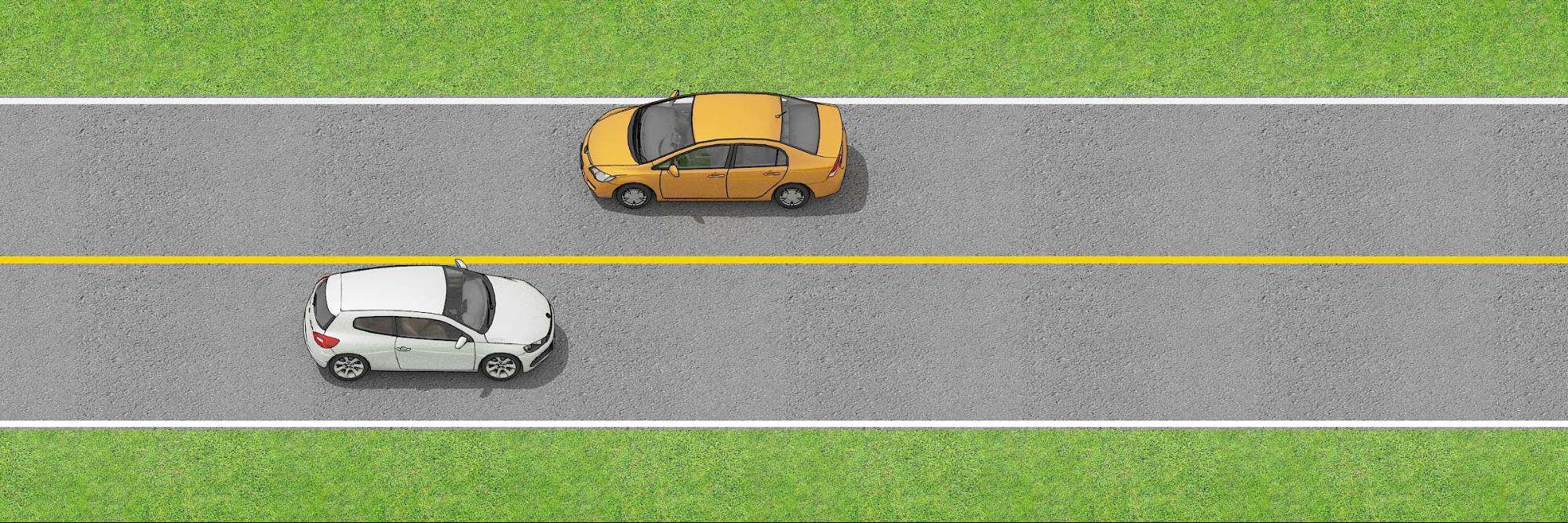
A solid yellow line indicates that passing is prohibited. Don’t cross a solid yellow line to pass another vehicle.
A Solid Yellow Line Alongside a Broken Yellow Line

Depending on which side you are on, you may or may not be allowed to pass
- If you are traveling on the right of the broken yellow line, you are allowed to cross the lines to pass vehicles, if safe.
- If you are traveling on the side of the solid yellow line, you must not pass
Double Solid Yellow Lines

Double solid yellow lines indicate no passing from either lane. Don’t drive to the left of double solid yellow lines except if:
- Turning left to enter/leave a road
- Your lane is blocked or closed and signs indicate you must drive on the other side of the lines
- Traveling in an HOV lane with a designated entrance to the left of the lines
There may be additional exceptions depending on where you live.
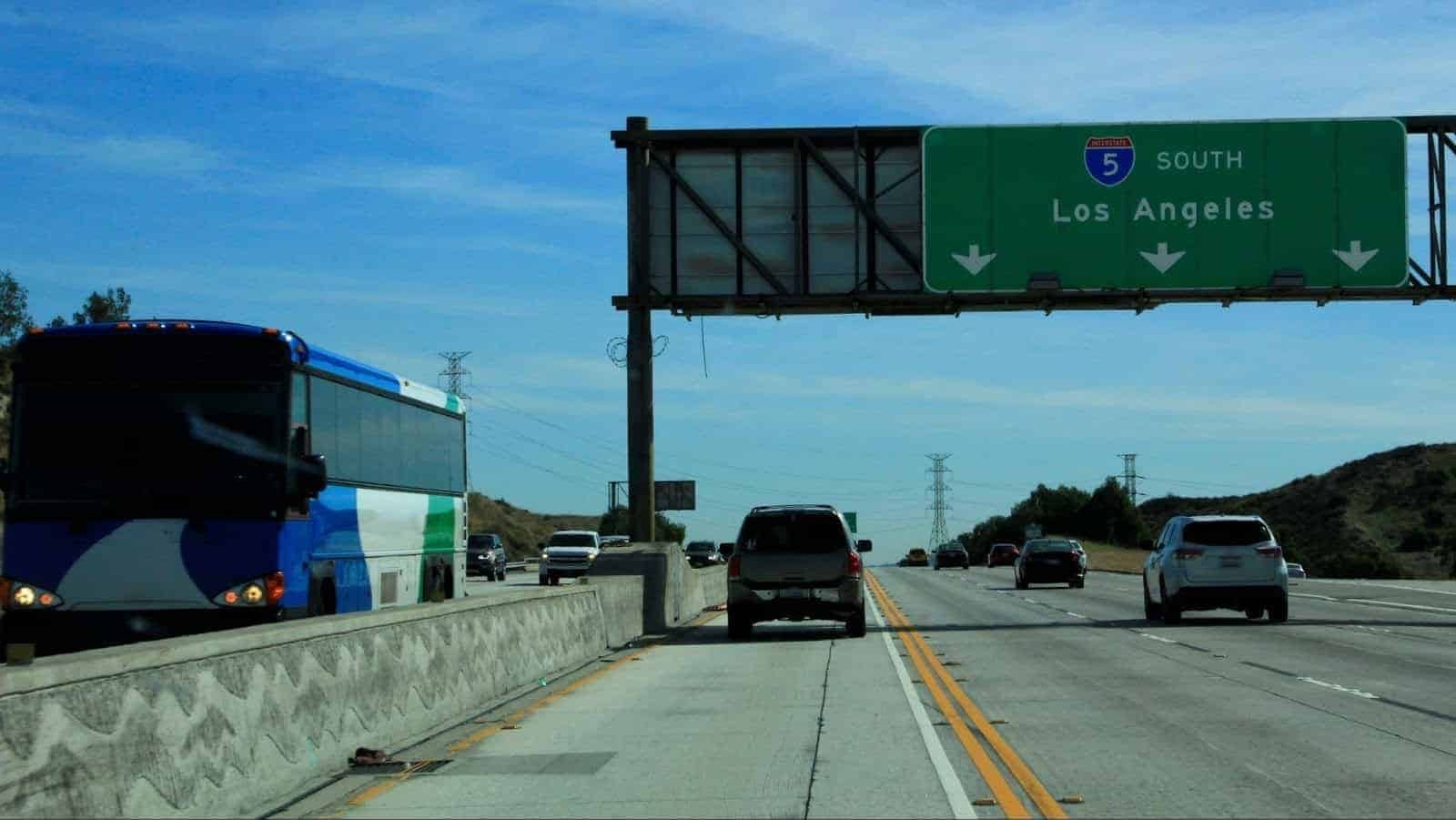
What are Edge Lines?
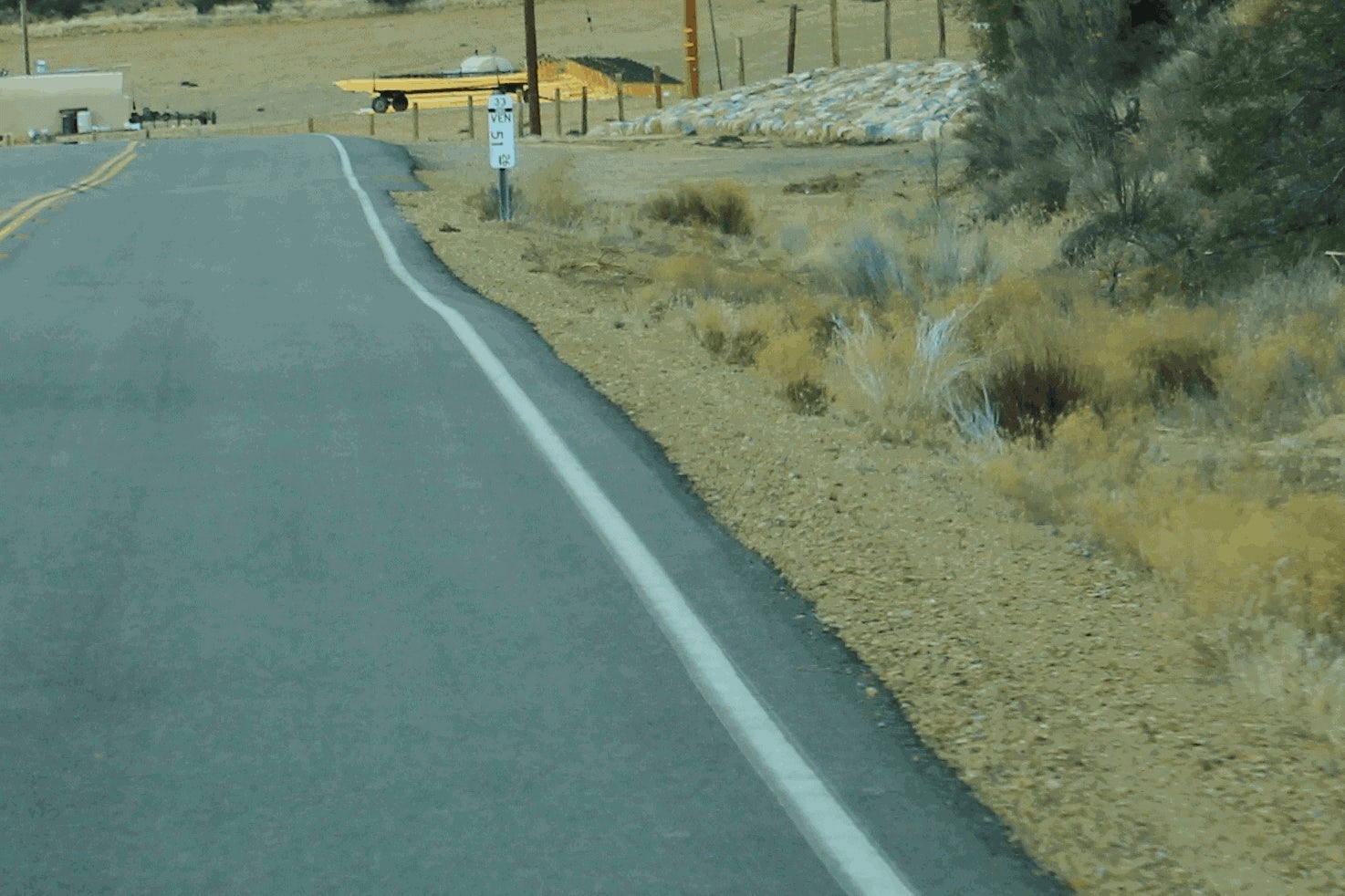
Edge lines are solid pavement lines along the side of the road. They indicate where the lane ends and where the road shoulder begins. There are two types of edge lines:
- A solid white edge line – indicates the right edge of the pavement
- A solid yellow edge line – indicates the left edge of the pavement on divided highways and one-way streets
What are Pavement Arrows?

If marked arrows exist, you must only drive in the direction indicated by the arrows.
Arrows may have more than one direction:
- one direction – only drive in the designated direction
- two directions – you may drive in either direction
Place yourself in the correct lane well in advance of an arrow so you don’t have to make last-minute lane changes.
What are Reversible Lanes?
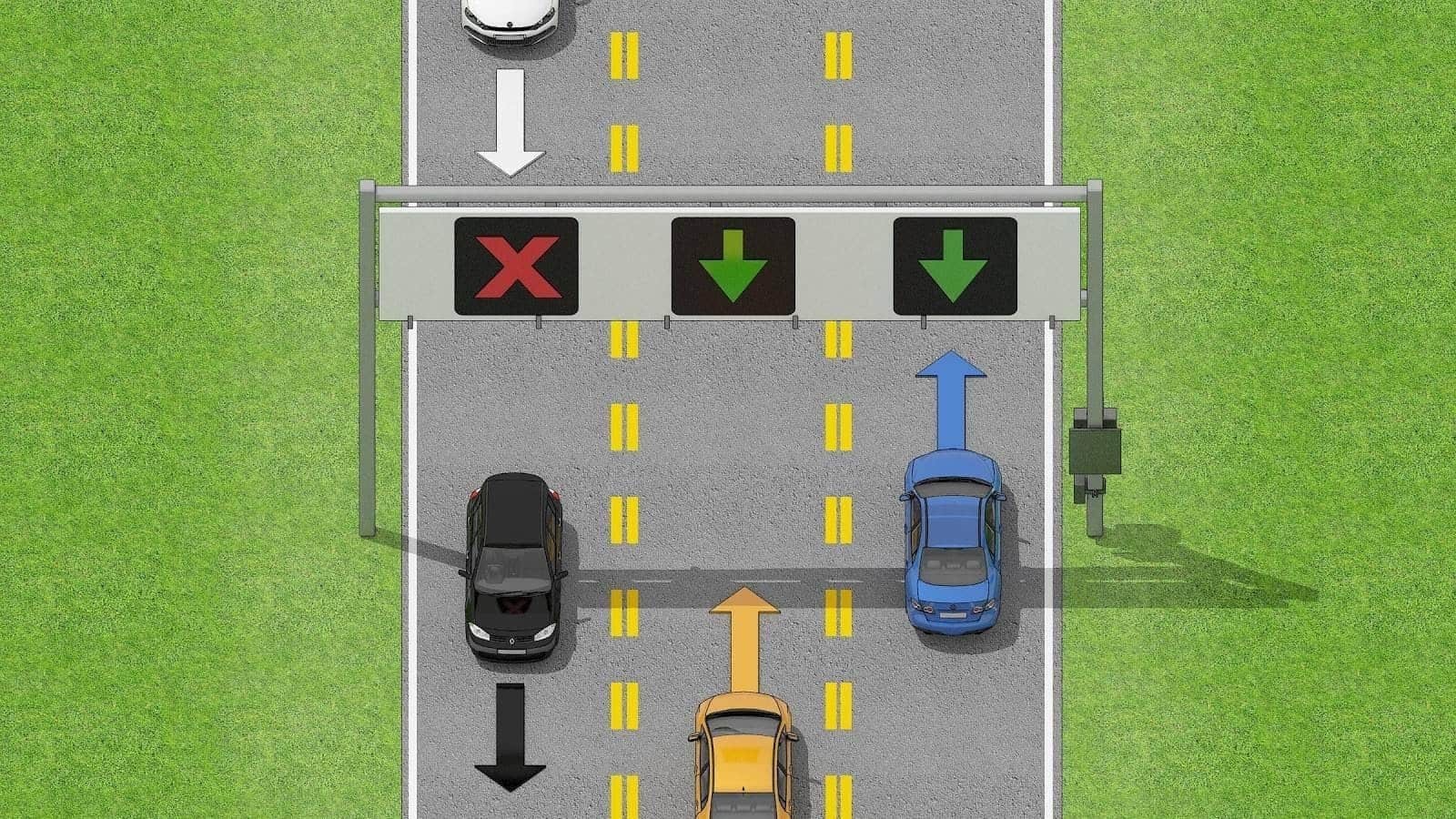
Reversible traffic lanes exist on some highways to improve traffic flow during rush hours. Reversible lanes are marked by traffic signs, pavement markings, and lane signals.
Generally, a reversible lane will be open in one direction during the morning commute, and in the other direction in the afternoon.
Diamond Symbols / HOV Lanes
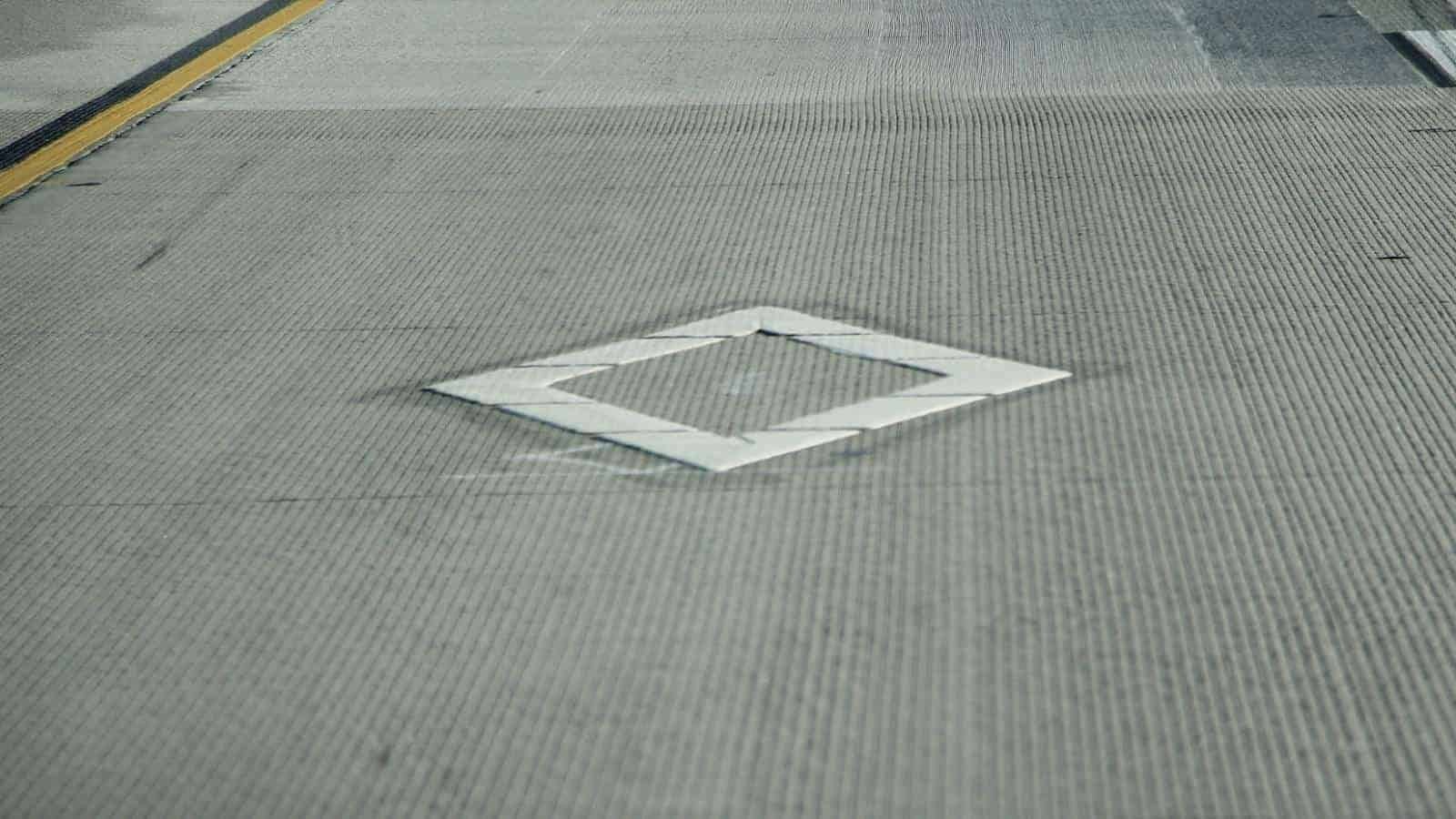
Diamond symbols are used to indicate special purpose lanes, such as lanes reserved for High Occupancy Vehicles (HOV). Unless you comply with the requirements of the HOV lane, you must not drive in a lane with diamond pavement symbols.
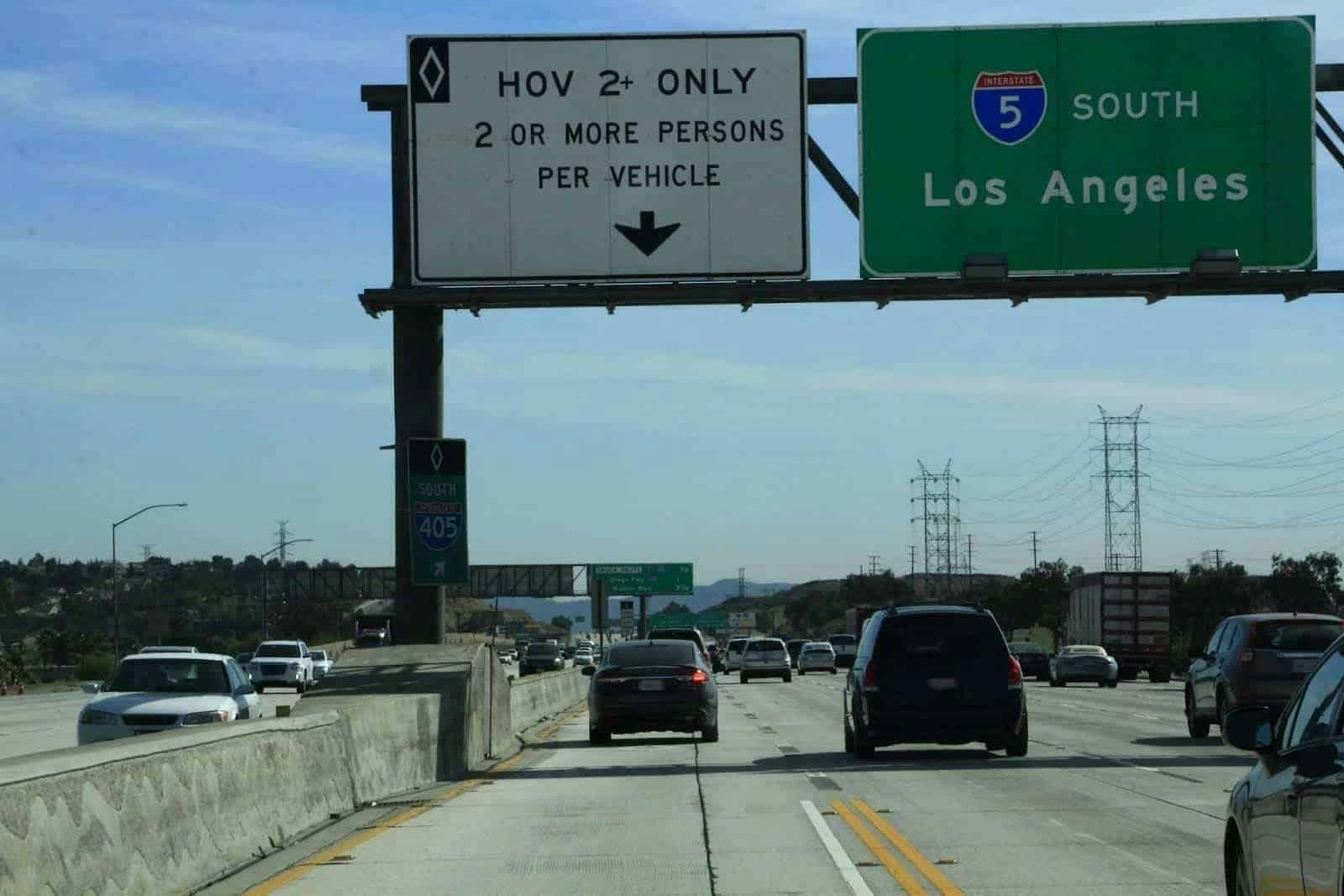
HOV lanes are restricted traffic lanes where only vehicles with a certain number of occupants (usually 2 or more) are allowed to use. Some vehicles like buses, motorcycles, and low-emission vehicles are exceptions to the rule and can use the HOV lanes at any time.
There may also be restrictions at certain times of the day and day of the week. Some states allow eligible energy-efficient vehicles to drive any time of the day bypassing the HOV lane restrictions. Follow the HOV lane rules! Enter and exit only at designated points.

550+ exam-like questions
All you need to ace your test
Perfect for first-timers, renewals and senior citizens
Recommended articles
Ace your DMV test, guaranteed
Want to Be the Top School in Your Area?
- Simple & automated admin
- More time for teaching
- #1 learning materials for students


